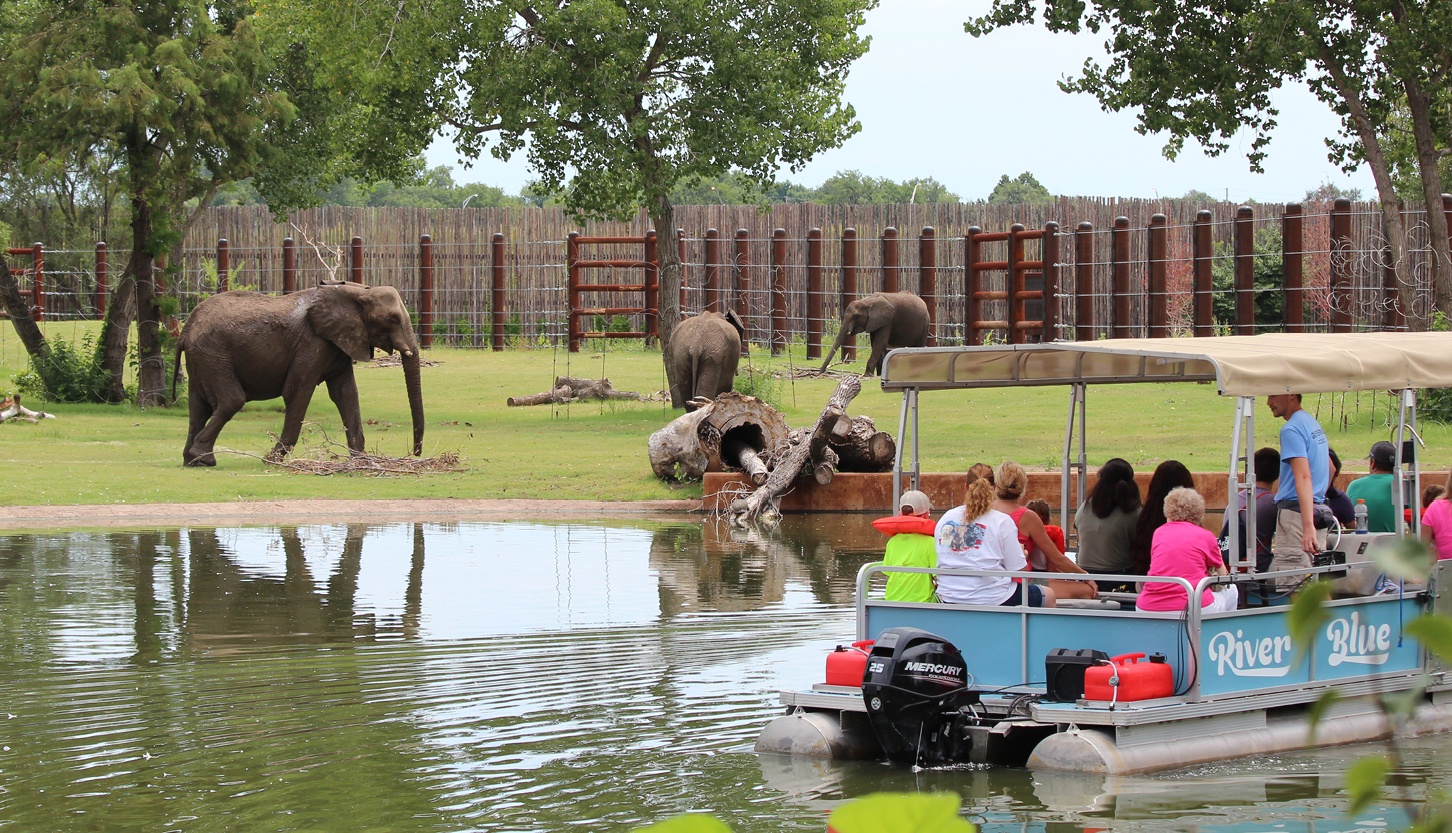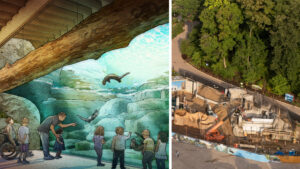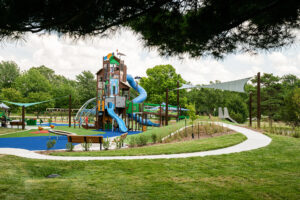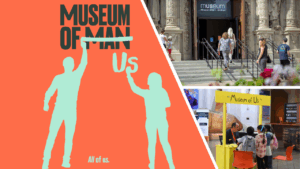Over the last 35 years, zoo design has changed significantly. Exhibits have become more complex, engaging, and much more expensive. In the video below, Mike Clifford summarizes the discussion from The Evolution of Zoo Design, where TESSERE Zoo's Craig Rhodes, Zoo Studio Lead, and Chris Kliewer, Project Manager, spoke on lessons they have learned from over 150 projects at more than 50 AZA organizations.
4 Key Points
1. Design Priorities
Design used to focus heavily on guest experience and architectural aesthetics. However, during our discussion, Craig Rhodes and Chris Kliewer with our Zoo Studio mentioned a shift in design priorities and the importance of non-architectural design. The focus is now on how animals and staff utilize spaces and then integrating guests into these amazing places. By starting with the animal experience and ensuring it is the best possible within the available space, a memorable guest experience will follow. Sometimes that may mean saying no to certain species due to our inability to provide premier care.
2. Do Less, Better
The design process provides an opportunity for staff to share their dreams and vision for the Zoo. We often hear the need for classrooms, revenue generation, exhibit space, off-exhibit space, a kitchen, shower, storage… the list goes on. If unchecked, our long list of desires can create an underwhelming use of space. Almost always, we are better served to take that big list and prioritize. What is the best possible version of our top priority, then second, then third priority? More stuff doesn’t always mean more. There is a big difference between dreaming big (Which we support fully) and dreaming wide. Dream bigger with more focused priorities.
3. Take Risks
Materials like animal care manuals are valuable tools created from decades of experience and wisdom. However, these tools are often used as a template which can restrict us from being creative. All the information in those documents came from experimentation, observation, and asking curious questions. This is a habit we all should continue and encourage. Talk to colleagues, ask questions, and mentally test things out.
Lots of things used to not be possible that are today. Twenty years ago, some thought it was insane to use water and negative slope only (no fencing/mesh) to contain lions at the Pride of the Plain habitat at Sedgwick County Zoo. It’s a standard method of containment now. We must do our homework and be highly calculated about our risks, but if nothing changes, nothing changes.
4. Start from Scratch
If you sat down with a blank sheet of paper and tried to plan a modern “conservation facility”, “a place to fascinate people about nature and animals” or “a place to save species”, I bet you wouldn’t draw something that looks like a zoo. Zoo design has changed tremendously in the last 40-50 years for the better. We have inherited the evolution of the designs to where we are today. Every once in a while, we can truly start from scratch and at a minimum, the exercise is worth it to see what kind of ideas emerge.
Practical Application
Gather a group of 4-6 individuals from different departments. Choose an exhibit to stand in front of or to stand inside (please consider safety if choosing to stand in the exhibit) and start asking questions out loud. It might feel awkward at first, but questions will start rolling soon. Don’t stop until you ask 100 questions regarding the selected exhibit space. Think about asking What, Why, How, and Where.
.
Join the next ECHO Digital
Each month, ECHO Digital is hosted to create opportunities for passionate zoo professionals to connect with innovative ideas from outside the zoo field as well as with other zoo colleagues around the country. To join the next ECHO Digital, email us at echo@glmv.com.




